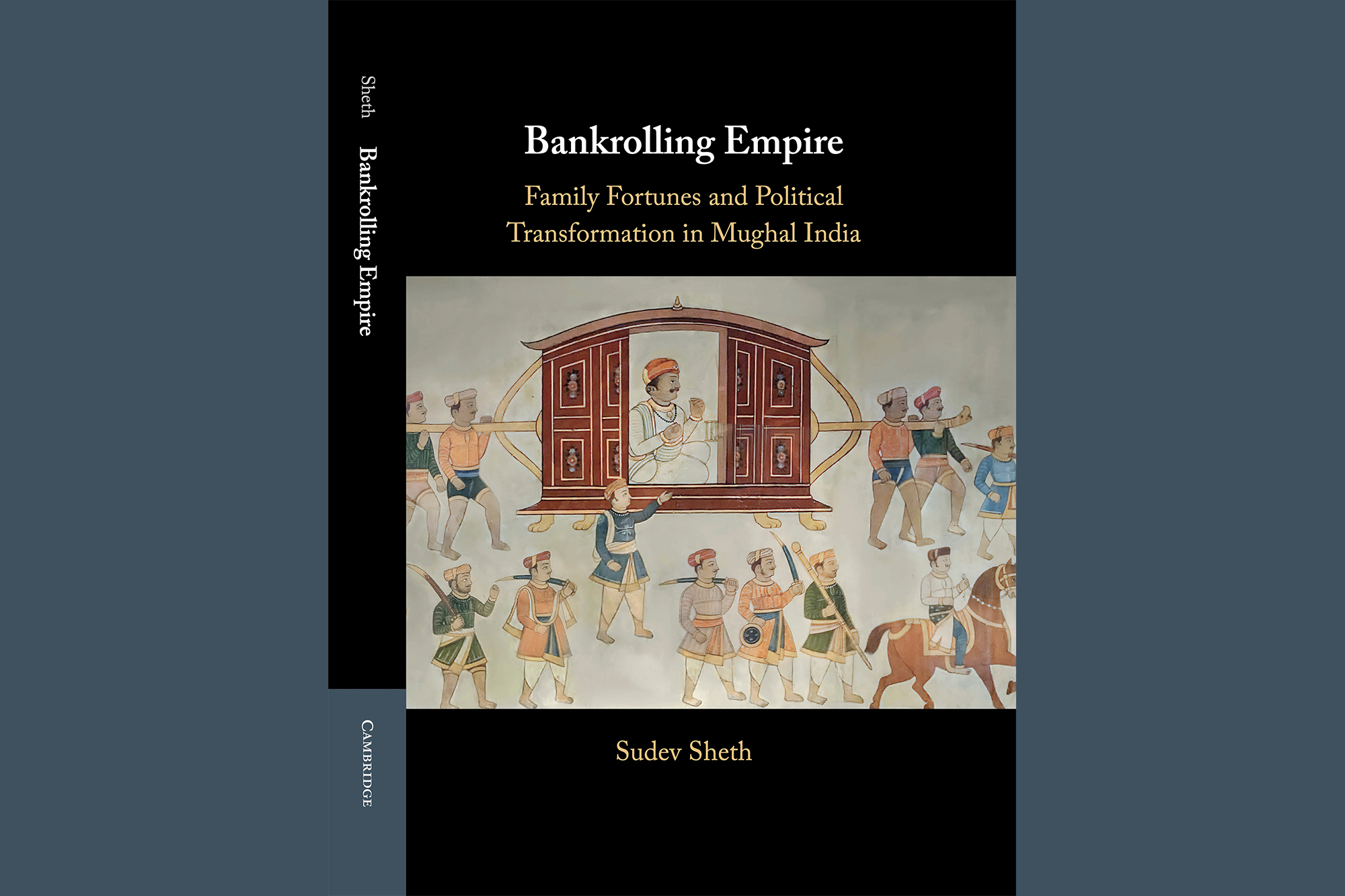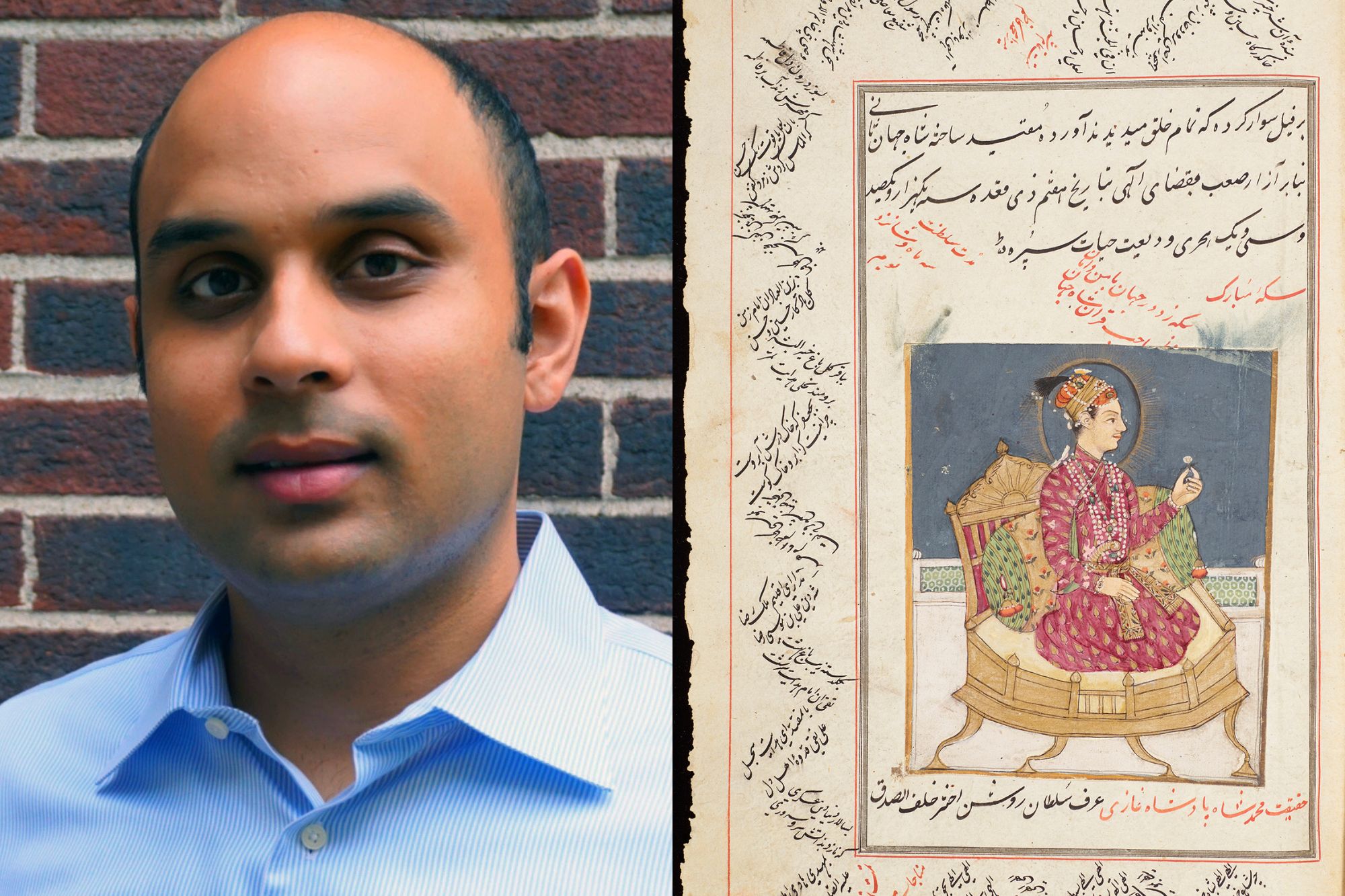How did you come to focus on this topic, especially analyzing the shifting relations between private finance and political power in 17th and 18th century India?
When we think about the history of capitalism, we know a lot about Western economies. This is largely because in these societies, there have been robust systems for preserving evidence for future generations. This is why you may easily recall old business families of Europe, such as the Medicis of Italy or the Rothschilds of England and France. You can write robust histories of these family lineages, not to mention producing hit television shows. In contrast, for societies across Asia, Latin America, and Africa, we lack the same quality and velocity of data about past human behavior.
I developed a hunch that influential merchant families must have existed outside of Europe, and wanted figure out their exact role in social life and whether they had deep connections to sources of political power. In the book, I follow the changing fortunes of a very prominent business lineage across four generations. Little evidence from the family about its own activities exist. To overcome this, I identified non-economic materials that revealed so much about the economy if read with fresh eyes: literary texts, personal diaries, praise poems, war ballads, and European travelogues. Taken together, these have revealed fascinating new details about people and places from long ago. I found these materials in public and private archives from around the world, especially Ahmedabad, Delhi, Karachi, London, and Oxford.
I also spent dozens of hours walking in the old cities where these merchants once lived. This is how I found the painting which serves as the cover of my book, hidden in the inner sanctum of a Jain temple that was patronized by one of the bankers I write about.
What were some of the non-traditional materials that you had to access to craft this history?
The first type of material that I accessed were ethnographic notes from Mughal bureaucrats. A key source was the personal diary of Itimad Ali Khan called Mirror of Events. Itimad was a lower-level official of the Mughal bureaucracy and was hanging out in cities across western India. The sole copy of the diary is held by Oxford University, brought there by an East India Company official in the 1740s. This diary is about 500 pages long and has daily observations about market conditions, political fights, merchant arbitrage, and the author’s own laments. It is a beautifully illustrated manuscript written in the Persian language.
The second type of evidence I subjected to historical scrutiny are poetic texts. These poems are from the 17th and 18th centuries, and are written in the classical Sanskrit and vernacular Gujarati languages. Some of these lyrical tales were produced by Jain monks while others were written by urban poets. Much like our own times, poetry was performed in front of audiences and was the vehicle for both praising and criticizing leaders. I took a bet on reading and translating these poems during my research, and I was absolutely delighted when I came across entirely new details about business families and their role in both sustaining and later dismantling Mughal power in the region.
The third type of evidence I rely on are ground-level observations made by European travelers who sailed to India in the 1600s to better their luck. They take the form of French and Dutch factory records, correspondence, and captain diaries. Their various authors have provided first-hand testimonies about business activity in premodern India, the nature and behavior of its political leaders, and most importantly, the role that indigenous business elites played in shaping the contours of Indian and foreign governments. For example, the Frenchman Georges Roques wrote in the 1680s in great detail about the role local bankers played in converting European gold and silver into the local currency, and how they often used their financial power to strong arm foreign merchants and influence local leaders.
All three source types have enabled me to produce a rich and new portrait of economic and political change in India, one in which people, problems, and solutions are at the center.
It sounds like a lot of different languages you were having to tackle, in addition to different texts. How did you manage that? Do you speak and read all those languages?
I am a strong believer in learning languages, and feel multi-lingual research is necessary if you are writing about societies in which English has not been a primary mode of communication. I earned a dual-degree Ph.D. in History & South Asia Studies at Penn, and the hallmark of my program was the insistence on acquiring near native fluency in at least two South Asian languages while attaining knowledge of relevant European languages. I was a beneficiary of several Penn grants, including a FLAS fellowship to study Persian, and later other faculty fellowships which allowed me to acquire the skills I needed. Where I had gaps, I relied on colleagues to help. Between Penn, Harvard Business School where I taught earlier, and several other universities around the world, I have had a lot of support. But yes, I do know all the languages and scripts featured in the book. I’m happy to share that at the Lauder Institute where I currently teach, all our students are required to learn, research, and dialogue in non-English languages. It is a fitting home for me.
Why do you think it's important to look at this topic in the current environment?
When imagining political transition, the metaphor is the handing of power from one political leader to another, perhaps from different parties or backgrounds. In some cases, it might be the dismantling of entire regimes and the growth of new ones. However, when we examine political power from the viewpoint of allied actors—business elites being just one of the many other types you could potentially examine—we might end up with a picture of historical change that is much more complicated and dynamic than simply a transfer of power at the macro-political level. In the case of South Asia, when you think about the rise and fall of the Mughal Empire, native states, and the British colonial regime, a view from the eyes of the business families that were involved in financing all three help us see this transition in all its complexity, one in which there are sometimes no clear winners, losers, or allies.
Today, state power and institutions around the world are being reshaped by business interests. Sometimes this is for the better, and sometimes not. But the historical evidence from around the world is clear, that business has gained immense influence on political organizations over time. It is important to think about the strategies that capitalists have used over time to shape their environments, and the kind of values that have guided their decision making at any given moment. And history is a good way to explore such complex and charged questions about human behavior. It requires following the evidence, leaving preconceived political or personal biases at the door. And when talking about business and politics in the 1600s and 1700s, people are more willing to listen to uncomfortable truths. And yet, tales from the past seem strangely familiar. For example, the business elites featured in my book funded rival political groups back in the 1600s as a tactic for survival. One could say the same for major business houses of our own times.









